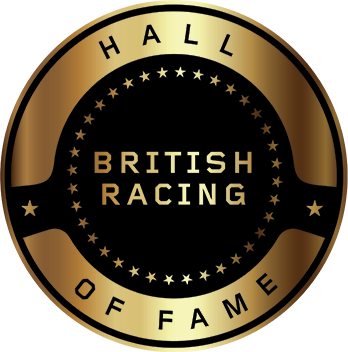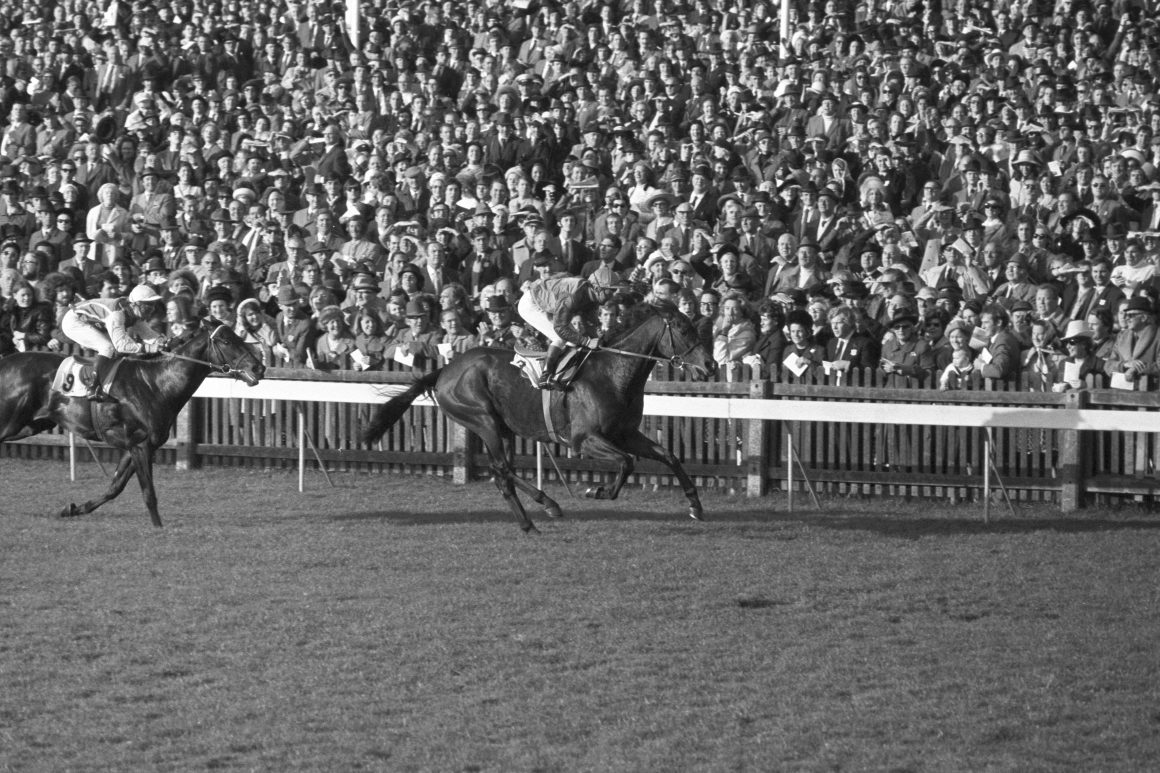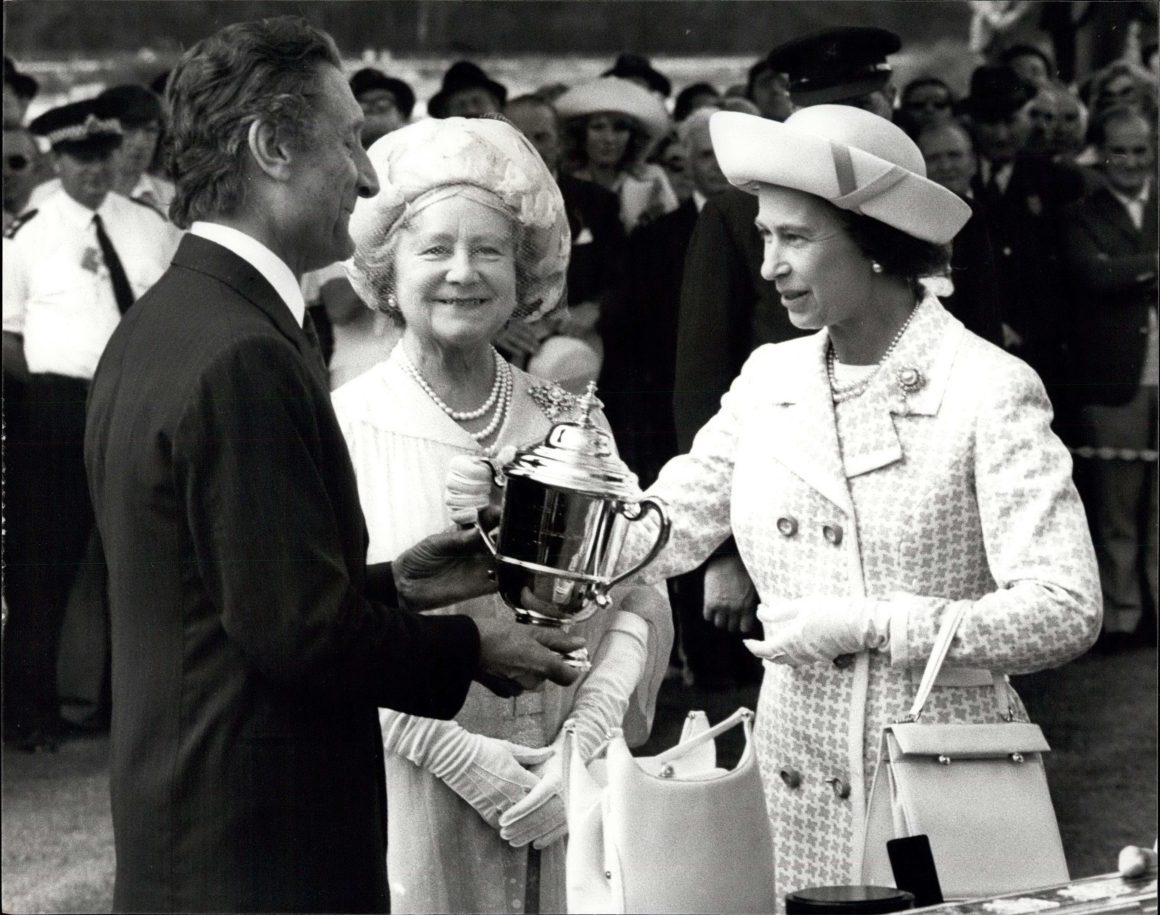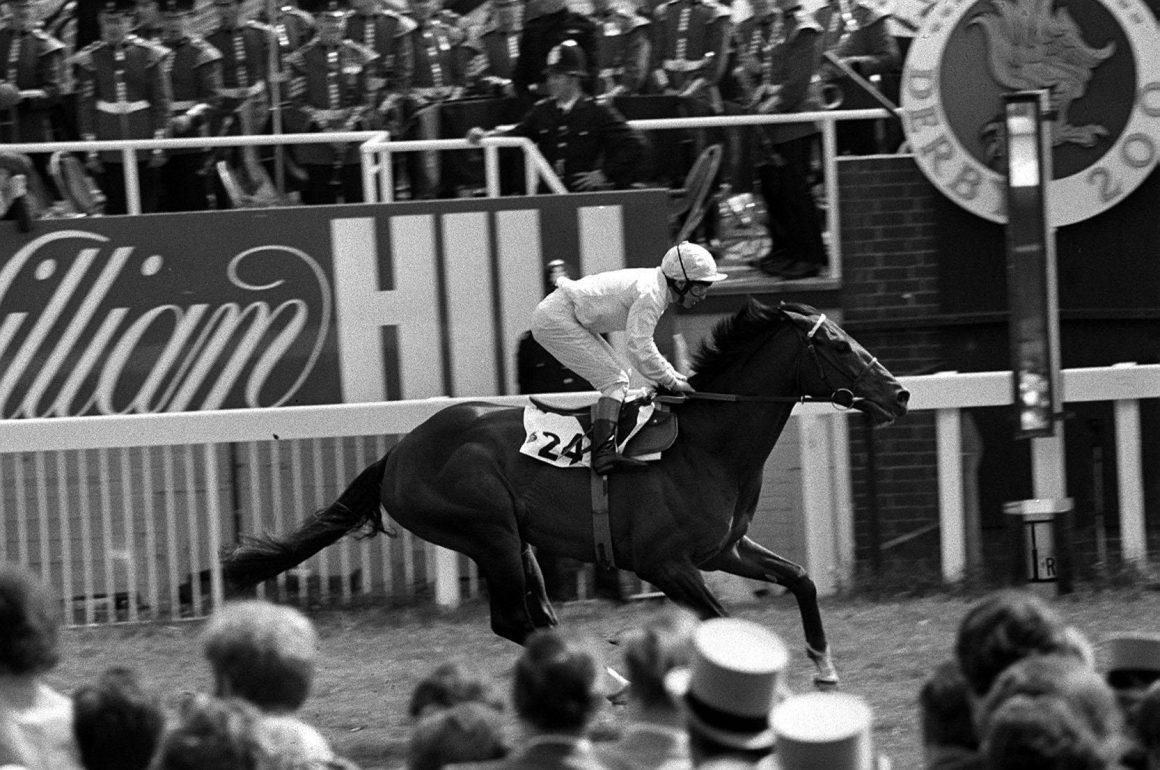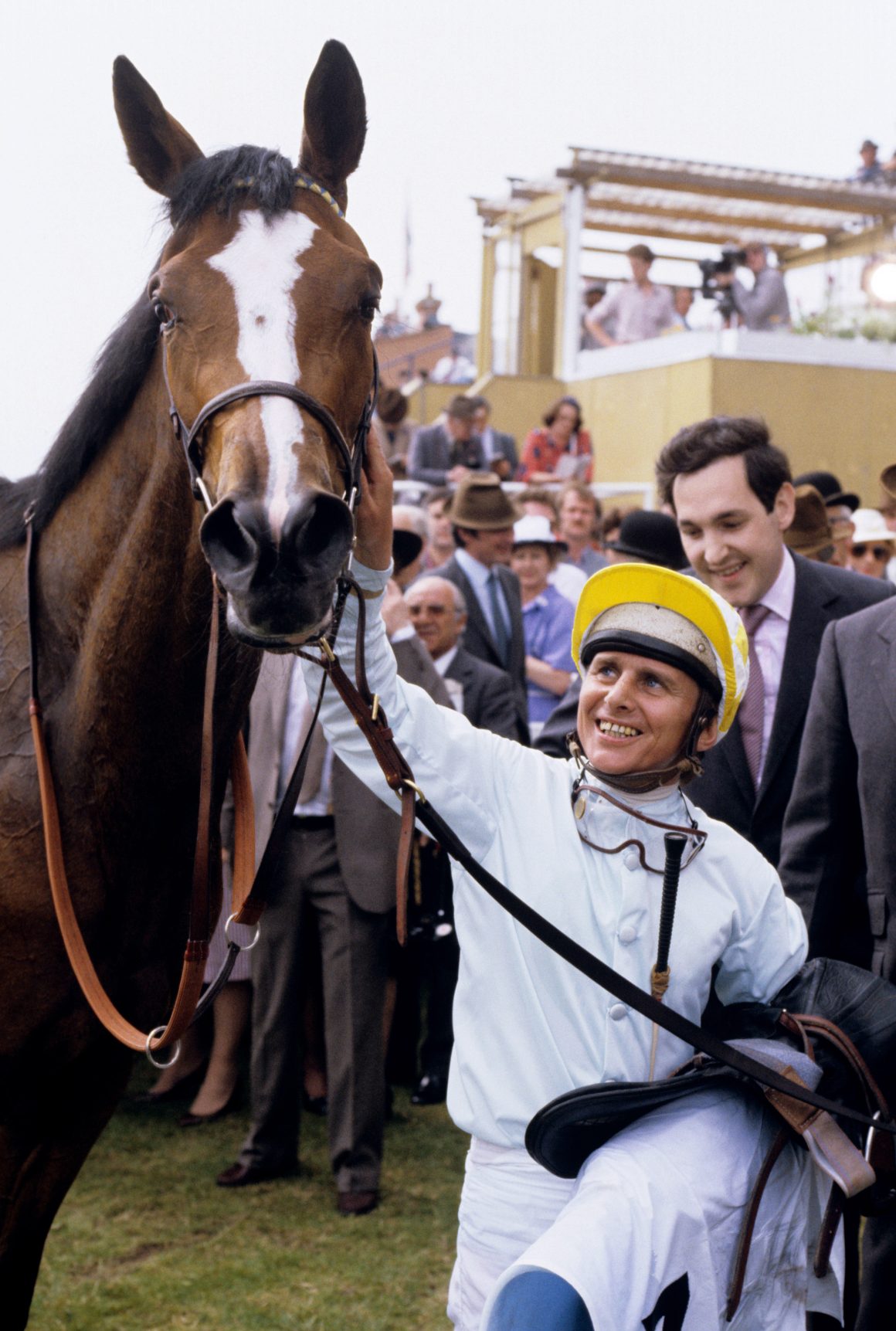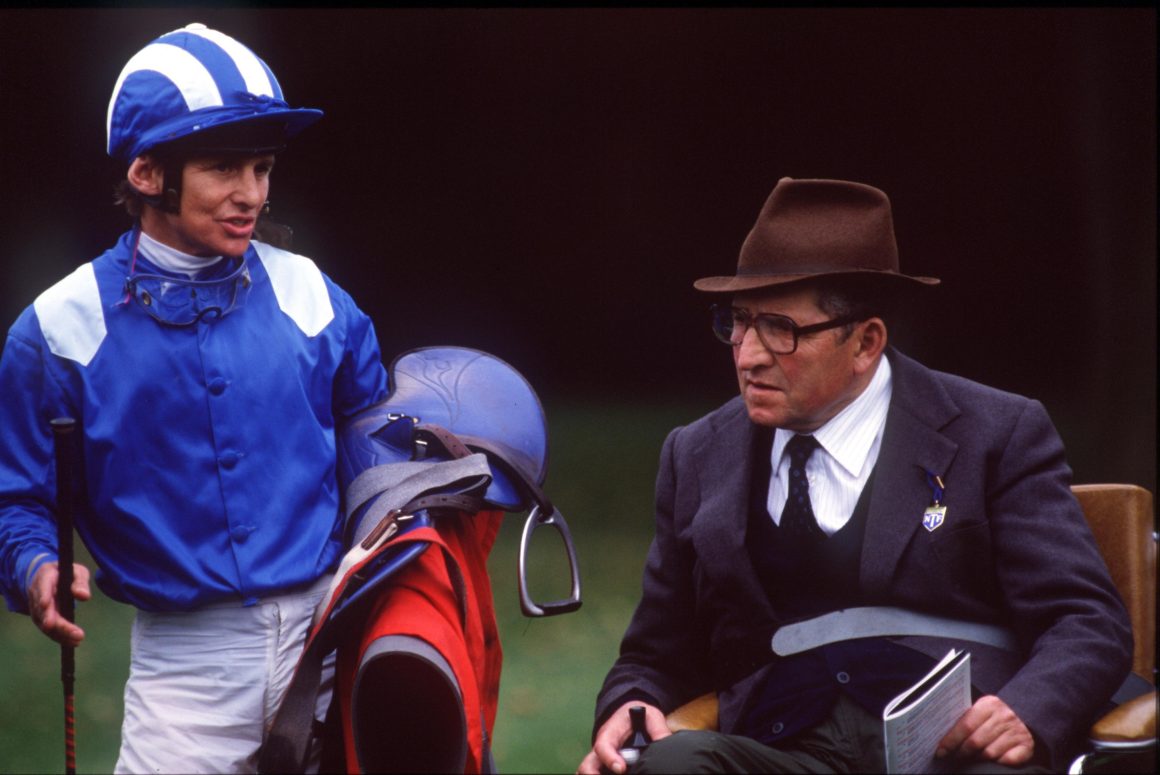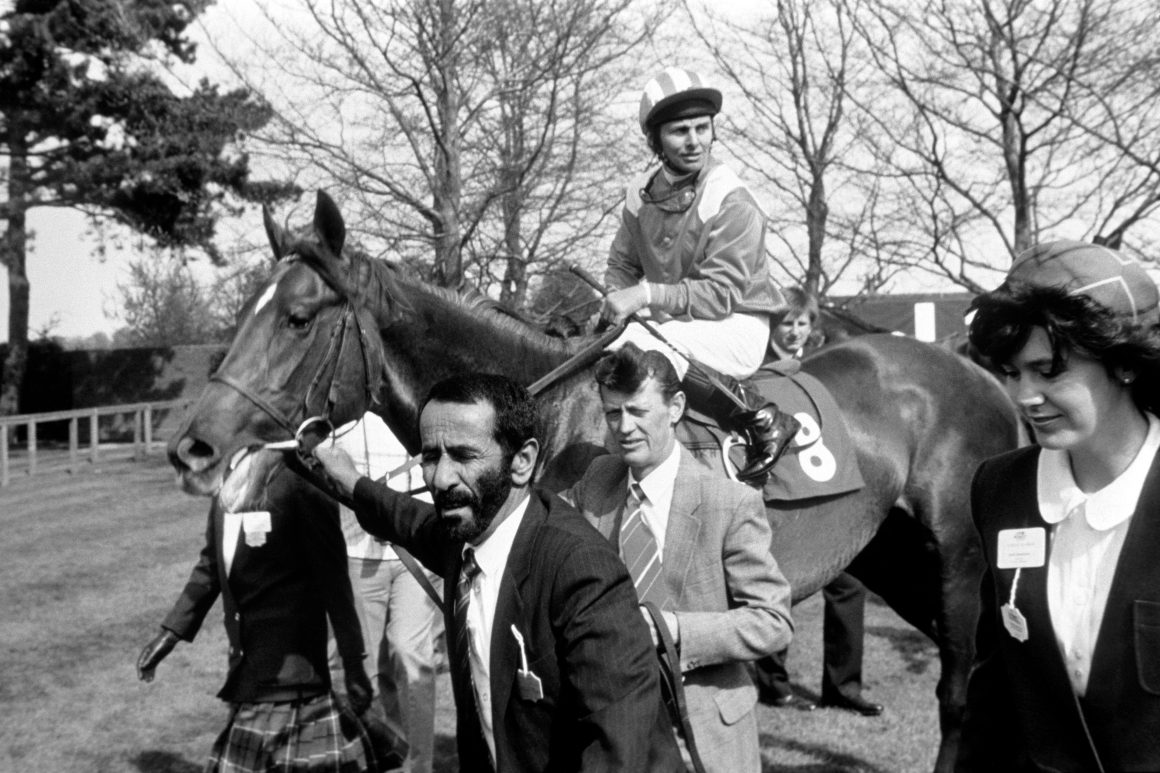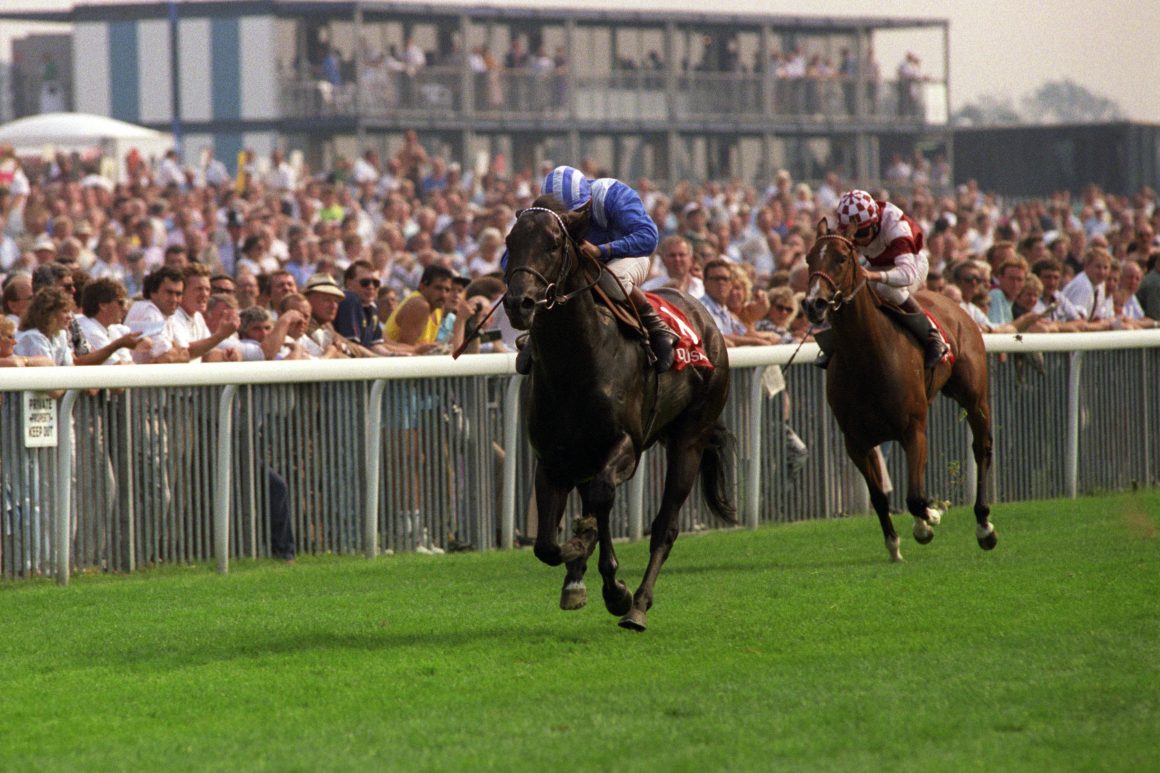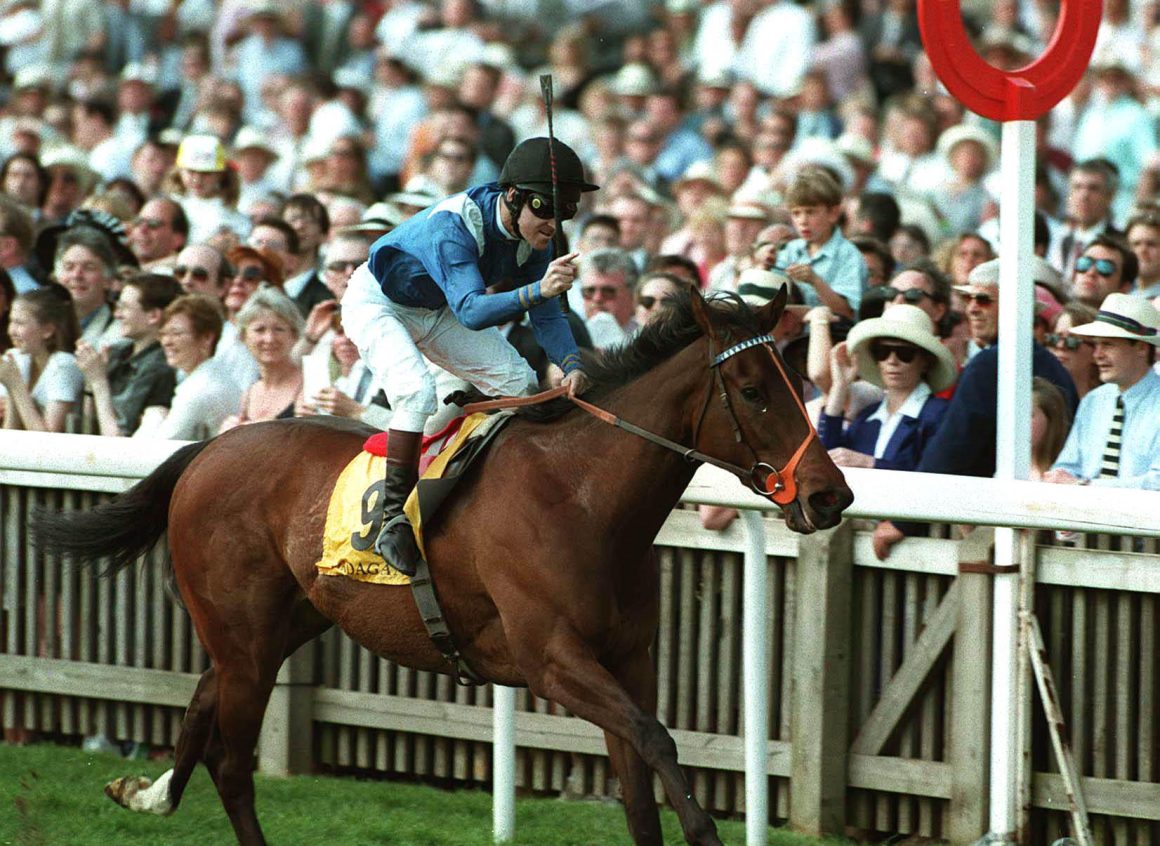Major Dick Hern
Major Dick Hern was one of the outstanding trainers in the second half of the twentieth century, scooping 16 British Classics and guiding the careers of multiple champions. He also conquered serious health issues to stay at the pinnacle of the sport and today we salute his standing as one of the greats by posthumously inducting him into British Racing’s Hall of Fame.
Hern died in Oxford at the age of 81 in May 2002, but his legacy lives on. He was a resilient, inspirational horseman who nurtured some of racing’s most cherished thoroughbreds. These included three titans in Brigadier Gerard, Nashwan and Dayjur, who showcased their trainer’s genius by excelling over distances ranging between five furlongs and a mile and a half.
Hern was Champion Trainer on four occasions, in 1962, 1972, 1980 and 1983, and his British Classic triumphs included three Derby winners in Troy (1979), Henbit (1980) and Nashwan (1989). He also became the first trainer to saddle five winners of the King George VI & Queen Elizabeth Stakes at Ascot, plus won every Irish Classic at least once.
Hern also provided Queen Elizabeth II with some of her greatest moments in the sport. Highclere won the 1,000 Guineas and French Oaks in the Royal silks in 1974, while Dunfermline pulled off a memorable Oaks-St Leger double in 1977, which was among the highlights of Her Majesty’s Silver Jubilee year.
In between, Hern was also central to the epic clash between Grundy and Bustino in the 1975 King George VI & Queen Elizabeth Stakes, which is lauded as one of the greatest races there has been. Hern was responsible for the latter, who was edged out in the final strides of a pulsating contest.
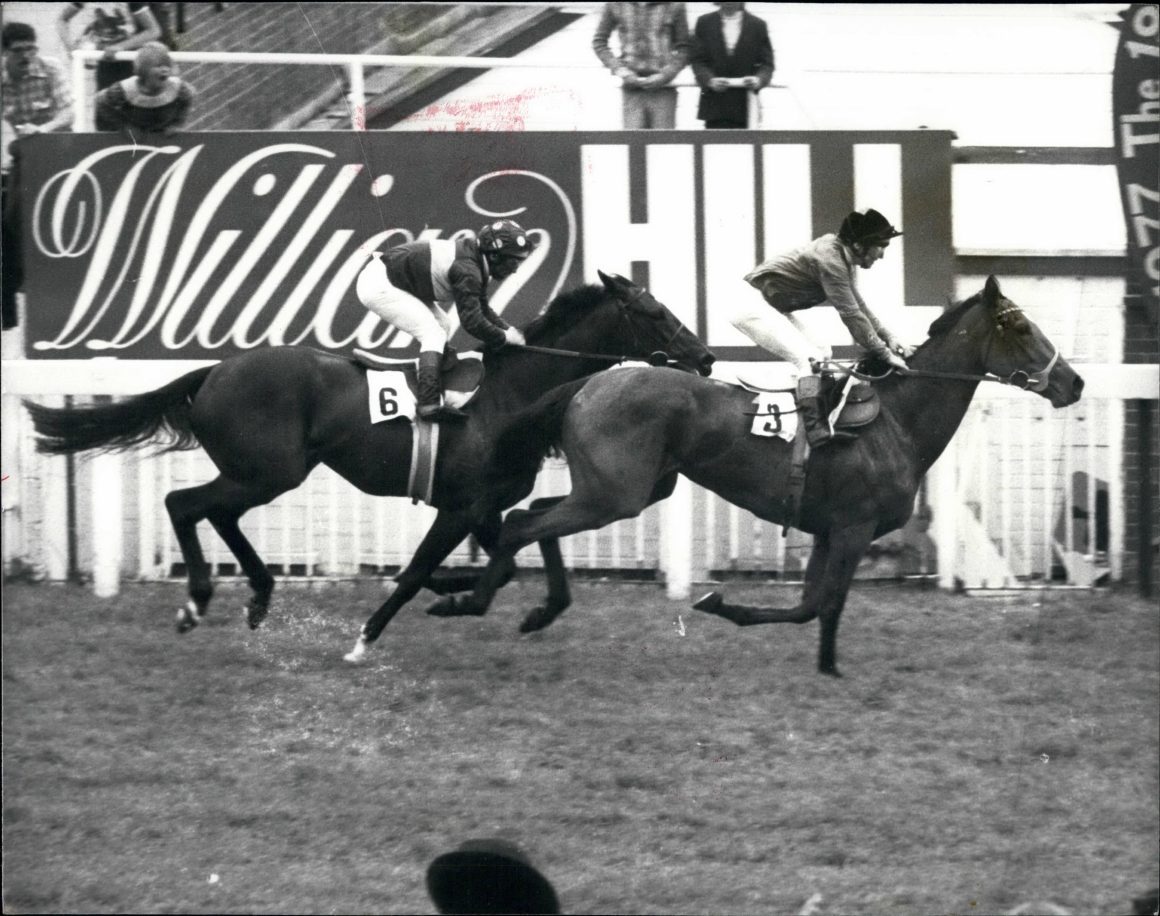
Dunfermline is victorious in the 1977 Oaks
Willie Carson was his long-term retained stable jockey from 1977 onwards and gave an insight into a private man who kept the media at arm’s length, preferring to let his horses do the talking. “He was an easy man to ride for because you knew his horses would run straight and be fit, so you didn’t have to sit out the back,” Carson said. “He ran a very tight ship. He was tough, but very fair and would always put an arm around you if you made a mistake.”
William Richard Hern was born in Holford, Somerset, on January 20, 1921, and spent his early adult years serving in the army in North Africa and Italy, becoming widely known as “The Major” from then on.
He loved hunting with West Country packs and had a natural affinity with horses. He was an instructor at the Porlock riding school, attaining Olympic standard, and racing had him hooked once he became assistant trainer to his friend, Major Michael Pope, in 1952.
Five years later he became private trainer to leading owner Major Lionel Brook Holliday, at Lagrange Stables in Newmarket, and only five years after that he was crowned champion trainer for the first time, with Hethersett, the first of six St Leger winners for him, being among his early stable stars.
Hethersett had also started favourite for the Derby that year and was moving strongly when brought down at Tattenham Corner. Hern would have to wait another 17 years to savour glory in the premier Classic.
Having succeeded Jack Colling as the trainer at West Isley Stables, near Newbury, he started training for Queen Elizabeth II in 1967. They would go on to enjoy a fruitful association that lasted 22 years.
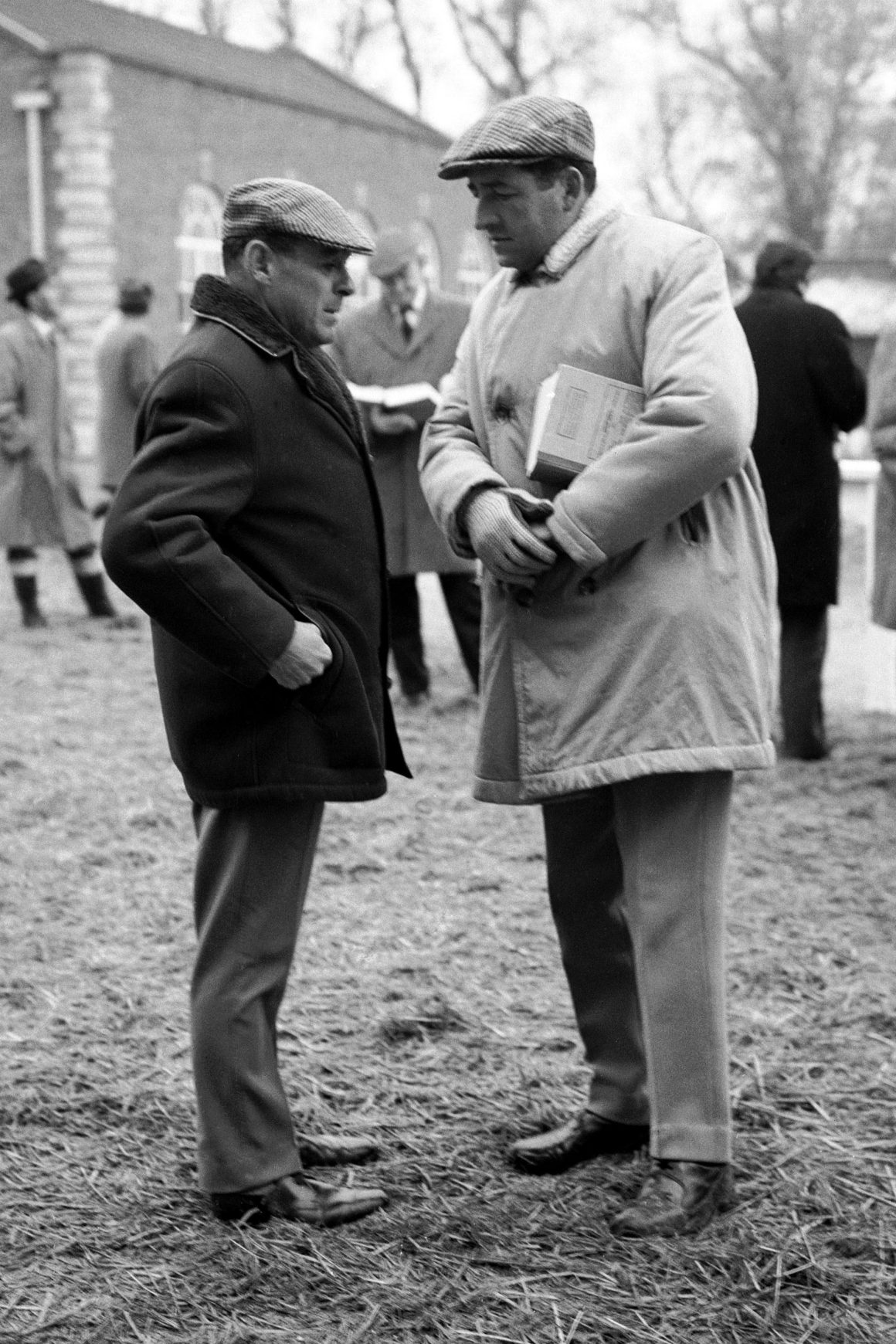
The summer of 1972 revolved around Hern and the mighty Brigadier Gerard, who won the Lockinge, Prince of Wales’s, Eclipse, King George VI and Queen Elizabeth, Queen Elizabeth II and Champion Stakes. The breathtaking colt would end his spectacular career beaten just once in 18 races, although the aftermath of his debut win at Newbury might have led to an uncomfortable evening in the Hern household.
Legend has it that the trainer’s devoted wife, Sheilah, who he had married in 1956, placed a Tote Jackpot bet that day and was successful in five of the six legs. The one race to slip through her net was the one which Brigadier Gerard contested after her husband had advised against including him. He went off at 100/7 (more than 14/1) and brushed aside his four rivals.
Hern cemented his second trainers’ title in 1972 by also saddling Sun Prince to win the St James’s Palace Stakes, while Sallust scooped the Sussex Stakes.
In 1979, Troy provided him with a cherished first Derby success, powering clear in the closing stages under Carson to win by seven lengths at 6-1. It was the biggest winning margin in the race since Manna, in 1925, and he followed up in the Irish Derby before adding to King George VI & Queen Elizabeth Stakes and Juddmonte International to his CV.
The following year, Hern was conferred the honour of Commander of the Royal Victorian Order (CVO) by his royal patron and, fittingly, won the trainers’ title for a third time. He pulled off the Derby (Henbit) and Oaks (Bireme) double, while Ela-Mana-Mou, previously trained by Guy Harwood, claimed the Prince of Wales’s Stakes, Eclipse and the King George VI & Queen Elizabeth Stakes. For good measure, Shoot A Line won the Yorkshire Oaks.
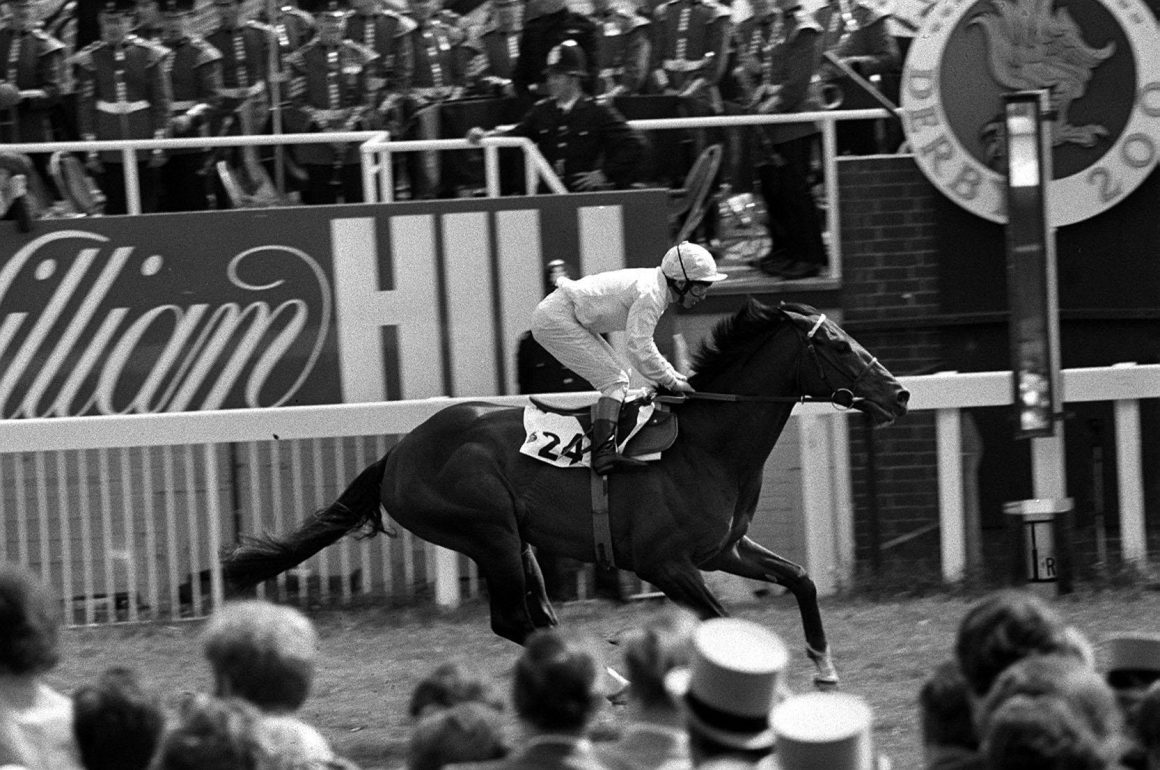
Troy demolishes his rivals in the 1979 Derby, winning by a cosy seven-lengths giving Hern his first victory in the race.
Hern secured his fourth and final trainers’ title in 1983, when Sun Princess was his principal flagbearer. She won the Oaks by a then record 12 lengths, having lined up as a maiden, plus Yorkshire Oaks and St Leger before chasing home All Along in the Prix de l’Arc de Triomphe.
His fortunes took a terrible turn in December 1984 when he broke his neck in a fall while out hunting in Leicestershire. He spent the rest of his life as a tetraplegic, training from a wheelchair, and was also left fighting for his life, in June 1988, when he was found to have a leaking heart valve. He had surgery and Neil Graham, his assistant, briefly took charge, being officially credited with the St Leger victory of Minster Son that year.
Hern battled back from the brink and, despite controversially losing the lease to train at West Ilsey soon after, would continue to train until 1997.
Nashwan became the first horse since Nijinsky to land the 2000 Guineas/Derby double in 1989 and would also win the Eclipse and King George before the year was over. No horse had previously won all four races in the same season and Hern described him as the best he had trained.
His final years, from a lavish new base in Kingwood, Lambourn, provided by Sheikh Hamdan Al Maktoum, were illuminated by such as Dayjur, Elmaamul, Harayir and Alhaarth, all owned by the Sheikh.
He trained none faster than Dayjur, who lit up the 1990 season with his electrifying pace. The colt reeled off successive victories in the Temple Stakes, King’s Stand, Nunthorpe, Sprint Cup and Prix de l’Abbaye before an agonising defeat in the Breeders’ Cup Sprint at Belmont when he had glory in his grasp only to jump a shadow in the final strides – he was beaten by a neck. Hern summed it up as “a day of drama, one we will remember all our lives”.
Harayir provided a final Classic triumph for him when an emphatic winner of the 1,000 Guineas under Richard Hills in 1995, having won the Lowther the previous season. He called time on his career a couple of years later, saying: “I have enjoyed it all the way. I really can’t complain.”
The Dick Hern Stakes, a Listed race over a mile for fillies and mares, has been run in his honour since 1999. It takes place at Haydock in early August, having initially been staged at Bath. Hern becomes the fifth trainer to be inducted into the Hall of Fame after Vincent O’Brien, Sir Henry Cecil, Sir Michael Stoute and Aidan O’Brien.

